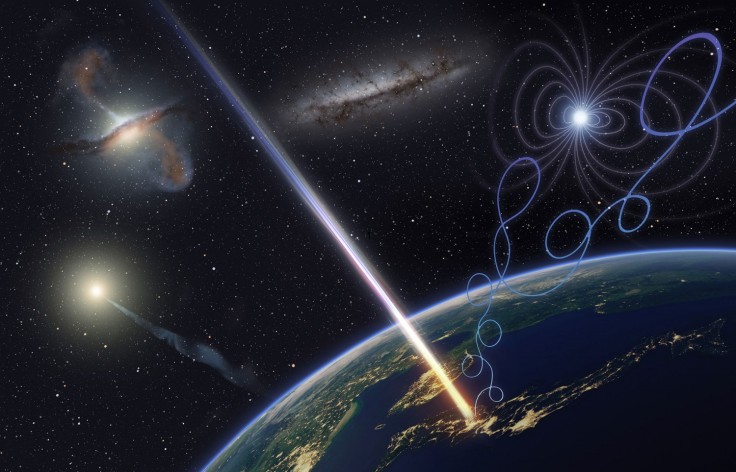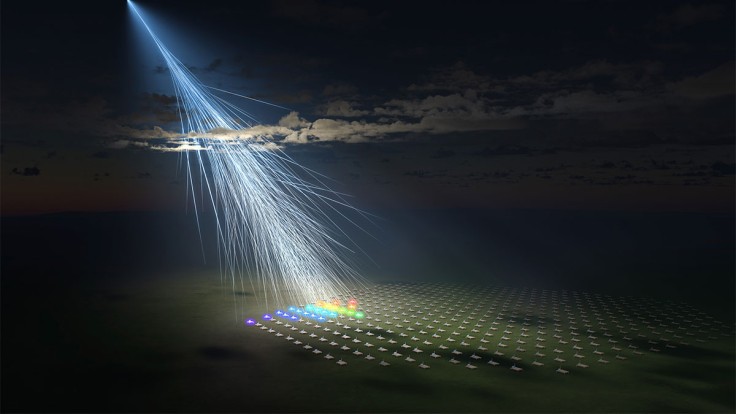A Utah telescope intercepted an ultra-high-energy cosmic ray event, only second to the 1991 "Oh-My-God" particle.
The rare phenomenon was detected by the Telescope Array Collaboration in 2021 and dubbed as Amaterasu, a sun goddess that helped create Japan.

The energy of this single particle is roughly 244 extra-electron volts, or 40 Joules, equivalent to "dropping a brick on your toe from waist height." The "Oh-My-God" particle has 320 exa-electron volts.
There are no obvious sources where the ray came from aside from that it came from an empty area of space bordering the Milky Way.
The Telescope Array has observed more than 30 ultra-high-energy cosmic rays in the past three decades but this was the first time a cosmic energy came close to the "Oh-My-God" particle.
NASA describes cosmic rays as high energy particles traveling at the speed of light with the ability to surpass the energy of supernova remnants. However, these particles rarely hit Earth.
Scientists plan to upgrade the Telescope Array in Utah in hopes of intercepting more cosmic rays in the future.
The Telescope Array Collaboration
Led by the University of Utah and the University of Tokyo, the telescope covers 700 km2 of land outside Delta, Utah in the state's West Desert.
The telescope itself is made of 507 surface detector stations arranged in a square grid position.

South Korea, Russia, and Belgium also contributed to the project aimed to monitor "air showers" of cosmic rays that hit Earth.
Data from the surface detectors are analyzed using GPS timing and simulations to determine the energy, mass, and arrival direction of cosmic rays.
Purpose of the Study on Cosmic Rays
John Belz, one of the leading scientists in the project, said there are many questions about cosmic rays that still have no "conventional explanation."
Scientists at Utah hope that "Amaterasu" will provide some insight into the mysteries of the galaxy.
The Telescope Array team intends to compare the data from both "Amaterasu" and "Oh-My-God" to compare the particle distribution in the North and South Hemisphere.









